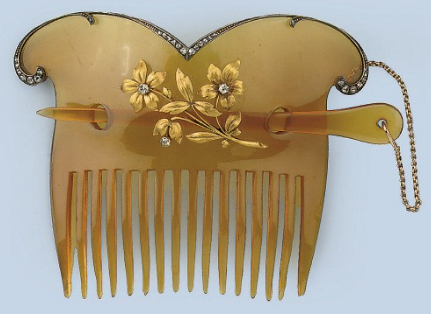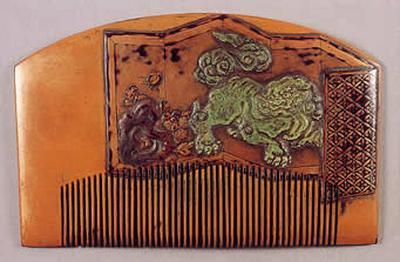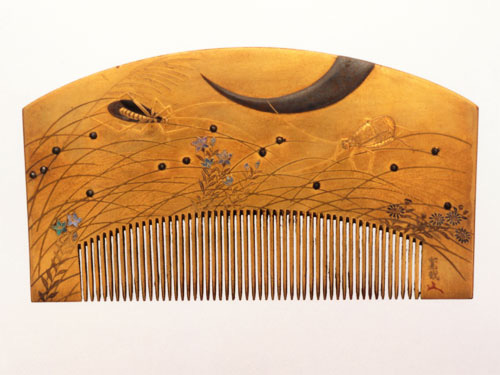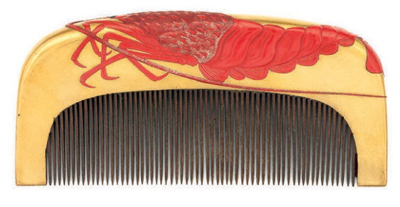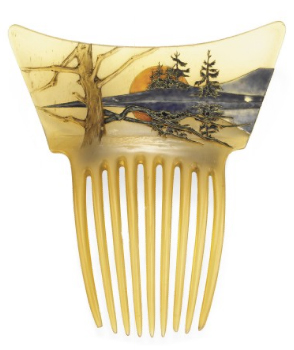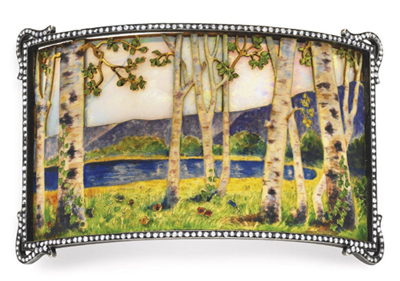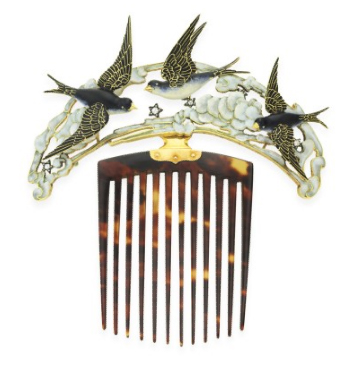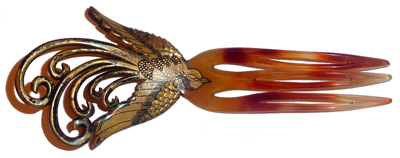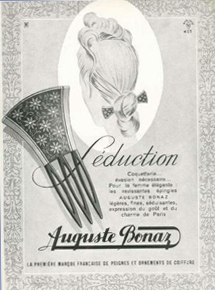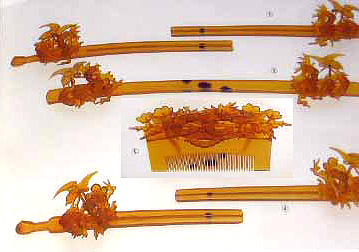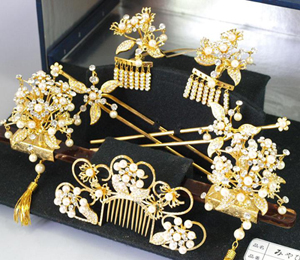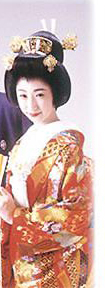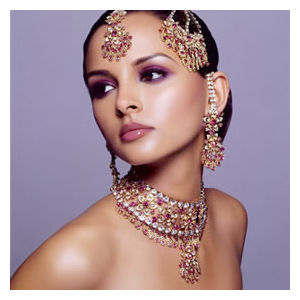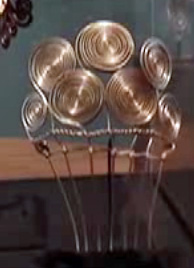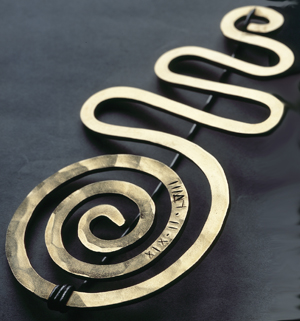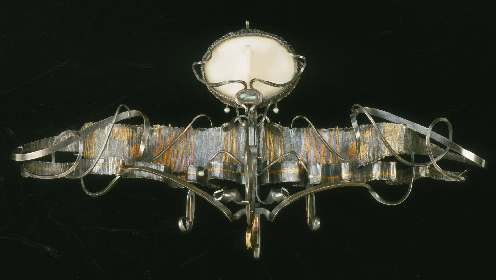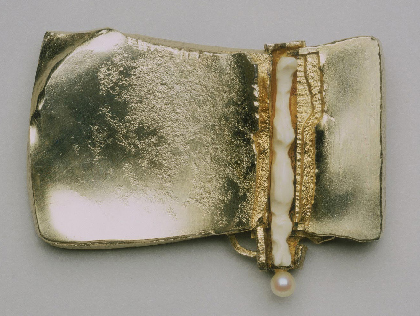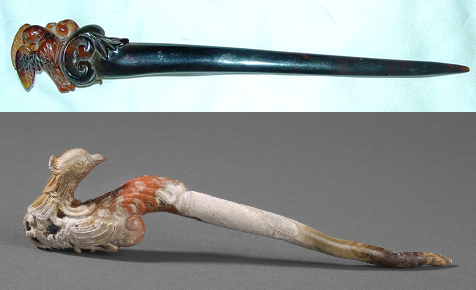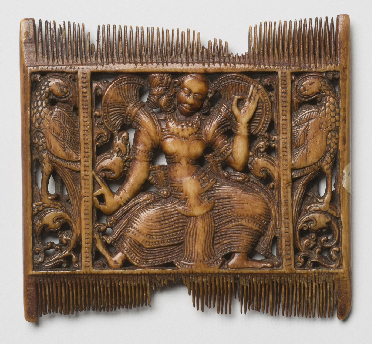This unsigned French art nouveau comb was made of horn, lined with diamonds at the top, and adorned with gold flowers and diamonds in the center.
But this comb has a unique feature. Usually, the engineering belongs to the tines at the bottom. A comb is a practical item designed to hold hair in place, which existed since man first evolved.
I have never seen a chain attached to the top, hooking onto a stick designed to go into two holes, as an additional way to hold hair. It allows you to choose between tines alone, and using the stick as an ornament; using the stick alone and wearing the piece in a longer hairdo; or using both. Very inventive. But since it is unsigned, it’s value is estimated between $4000 and $5000. Update: This comb sold for 2995 euros, or $4280.53
